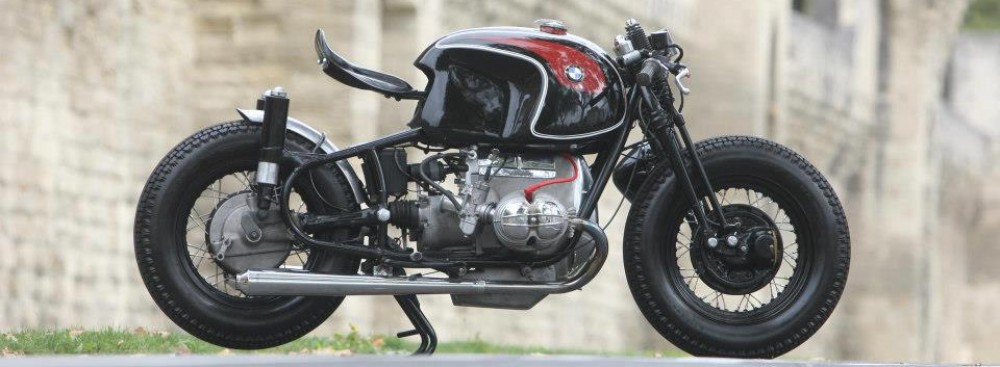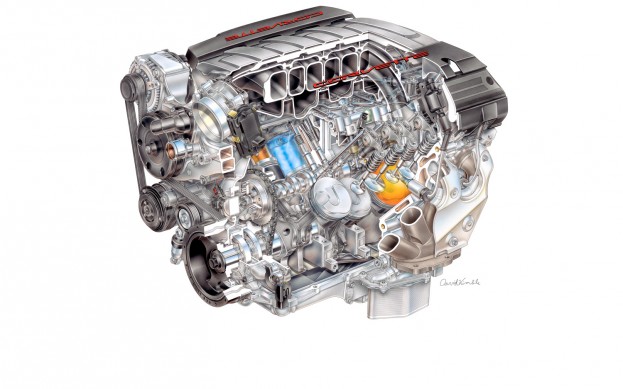Believe it or not, looking at this 1,000 horsepower dragster will actually help you understand some of the new hybrid vehicle technologies currently in development. BMW and Subaru are both working on electric powered forced induction. The idea is to power a compressor for the engine air intake with an electric motor instead of exhaust gas heat like in a turbocharger or off of the engine crank like in a traditional supercharger. Turbochargers are fairly efficient because they harness the heat energy in exhaust gases that would other wise be wasted. However, their main drawback is that they are engine rev dependent. That means that they “lag” when the engine revs are too low to spool the compressor into its operating range. Superchargers solve the lag problem by powering the compressor with a belt drive attached to the engine crank. There is still a little lag, but it’s much improved over what you see in turbochargers. The problem with superchargers is that you are no longer harnessing waste energy from the exhaust. Turning the supercharger uses power from the engine that would otherwise be driving the wheels. Generally speaking, superchargers give a more useful powerband but turbochargers are more efficient and will make greater peak power.
Externally Powered Superchargers (EPS) bring together the benefits of superchargers and turbochargers. Spinning up the supercharger with something other than the car’s engine allows you to get boost at low rpm without the parasitic power losses to the engine. Using a small electric motor makes a lot of sense and there’s plenty of R&D money going into that right now. Jean Beauregard of British Columbia had a different idea. Jean owns a dragster powered by an alcohol fueled Chevy small block. It also has a roots type supercharger on top that pushes the power into the 800-900 horsepower range. Normally this is great news, but Jean figured out that the supercharger was drawing 100-150 horsepower from the engine to work. His solution was to add a gasoline powered 1100cc Harley Davidson Evolution motor to the front of his Chevy V8 just to power the supercharger. Jean calls this awesome mechanical monstrosity the Chevarley.
It turns out the Chevarley was a victim of its own success. The dual engine setup made close to 1000 horsepower which caused the car to do a fairly catastrophic wheelie. As usual with things that prove awesome to destroy themselves, Jean and his buddies were undaunted by the wreck and rebuilt it. Here is the resurrected car pulling a 5.60 eight mile run:
Obviously Jean wasn’t able to just order an off-the-shelf Chevarley kit from Summit racing. He had a brilliant and ridiculously awesome idea that he made happen. That’s the joy of being a maker/fabricator/engineer. All of us are filled with incredible ideas to make the world a better place. Don’t be afraid to put in some sweat on some tools and turn them into reality. There’s no bigger rush than bringing something like this Chevarley to life.
Source: The Chevarley Channel on YouTube via BANGshift.com

